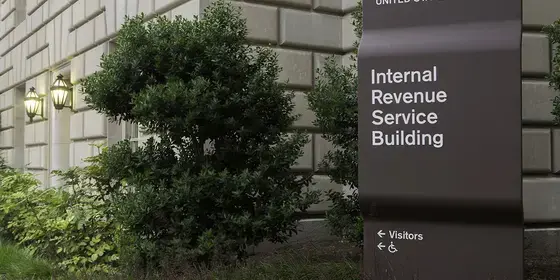When markets become volatile, it's natural to feel uncertain about your portfolio’s performance. But under the right circumstances, downturns can present strategic financial planning opportunities. One such strategy is tax-loss harvesting—a method that allows investors to reduce their tax liability by offsetting gains with investment losses.
While tax-loss harvesting cannot recover lost value, it can mitigate the tax impact of those losses. If done correctly, this approach can support long-term wealth preservation by reducing capital gains taxes owed today—and potentially in future years. Below, we break down what you need to know.
What is Tax-Loss Harvesting?
Tax-loss harvesting involves selling investments that have declined in value to offset gains from other investments. For example, if you sell Stock A at a $10,000 loss, that loss can be used to offset $10,000 in gains from Stock B—effectively lowering your taxable income.
This strategy is especially useful for offsetting short-term capital gains, which are taxed at a higher rate than long-term gains. And while only $3,000 of excess losses can be used to offset ordinary income annually, any additional losses can be carried forward to future years.
Here are six essential tips for tax-loss harvesting:
1. Don’t Wait Until December
Many investors assume year-end is the best time to evaluate their tax strategy. But the wash-sale rule—which disallows a loss if you repurchase the same or “substantially identical” security within 30 days before or after the sale—means timing matters. Acting early gives you more flexibility.
Example: If you bought a stock on October 1, you would need to wait until after October 31 to sell it for a deductible loss, and then wait until December 1 to repurchase it without triggering the wash-sale rule.
2. Leverage Market Volatility
Volatility can be unnerving—but it also presents opportunities. If your portfolio includes positions that are down, you can harvest those losses now to offset gains—either from this year or carried forward into the future.
A Plan-Led Investing approach means proactively evaluating these positions with your advisor, rather than reacting at year-end.
3. There is No Cap on Total Losses Harvested
You can harvest an unlimited amount of losses to offset capital gains. While only $3,000 per year can be used to reduce ordinary income, remaining losses can be carried over into future years—creating a valuable tax asset for the long term.
4. Apply the Wash-Sale Rule Across All Accounts
The IRS applies the wash-sale rule to your entire financial picture—including IRAs, 401(k)s, and spousal accounts. For example, if you sell Stock X in a taxable account, you cannot buy it back in your IRA or your spouse’s IRA within the 30-day window.
This makes coordination across accounts essential—something a fiduciary-led advisor can help manage.
5. Mind Transaction Costs
While reducing your tax bill is a worthy goal, it shouldn't come at the expense of portfolio efficiency. If trading fees outweigh the tax benefit, the move may not be worthwhile. Your advisor or tax planner can help weigh the cost-benefit analysis.
6. Tailor to Your Portfolio Composition
Tax-loss harvesting is not a one-size-fits-all strategy. For instance, if your equity positions are up but your fixed income holdings are down, selling select bond funds might help create a tax benefit—without compromising your broader investment strategy.
Your advisor can help identify which positions offer the best harvesting opportunities while maintaining your desired asset allocation.
Conclusion: Market Downturns Can Be Planning Opportunities
When markets fluctuate, it can be tempting to focus solely on losses. But those same downturns may provide a powerful opportunity to create future tax benefits. With careful planning, tax-loss harvesting can help you keep more of what you earn—a core principle of our Plan-Led™ Investing philosophy.
Your financial plan should adapt to changing conditions. Reach out to a Wealth Enhancement advisor to explore whether tax-loss harvesting fits into your personalized strategy.
Frequently Asked Questions
What is a wash sale and why does it matter?
A wash sale occurs when you sell a security at a loss and then buy the same or substantially identical security within 30 days. The IRS disallows the deduction in these cases, negating the tax benefit.
Can I repurchase a similar investment without violating the wash-sale rule?
Yes. You can buy a different security within the same sector or asset class, as long as it's not considered “substantially identical.” For example, selling one tech stock and buying another tech ETF may be acceptable.
How long can I carry forward losses from tax-loss harvesting?
Indefinitely. Unused capital losses can be carried forward to offset future gains, year after year, until they are fully used.
Is tax-loss harvesting worth it for small portfolios?
It can be. Even modest losses may help reduce taxes owed—especially if you have short-term capital gains or anticipate future gains.
Should I consult a tax professional?
Absolutely. Tax-loss harvesting can be complex, and decisions should be made in the context of your overall financial and tax situation.
If you have more questions about tax-loss harvesting, we’re here to help. Reach out to a financial advisor today to get a clearer understanding of your tax-loss harvesting options.
This information is not intended to be a substitute for specific individualized tax advice. We suggest that you discuss your specific tax issues with a qualified tax advisor.
2025-9746




